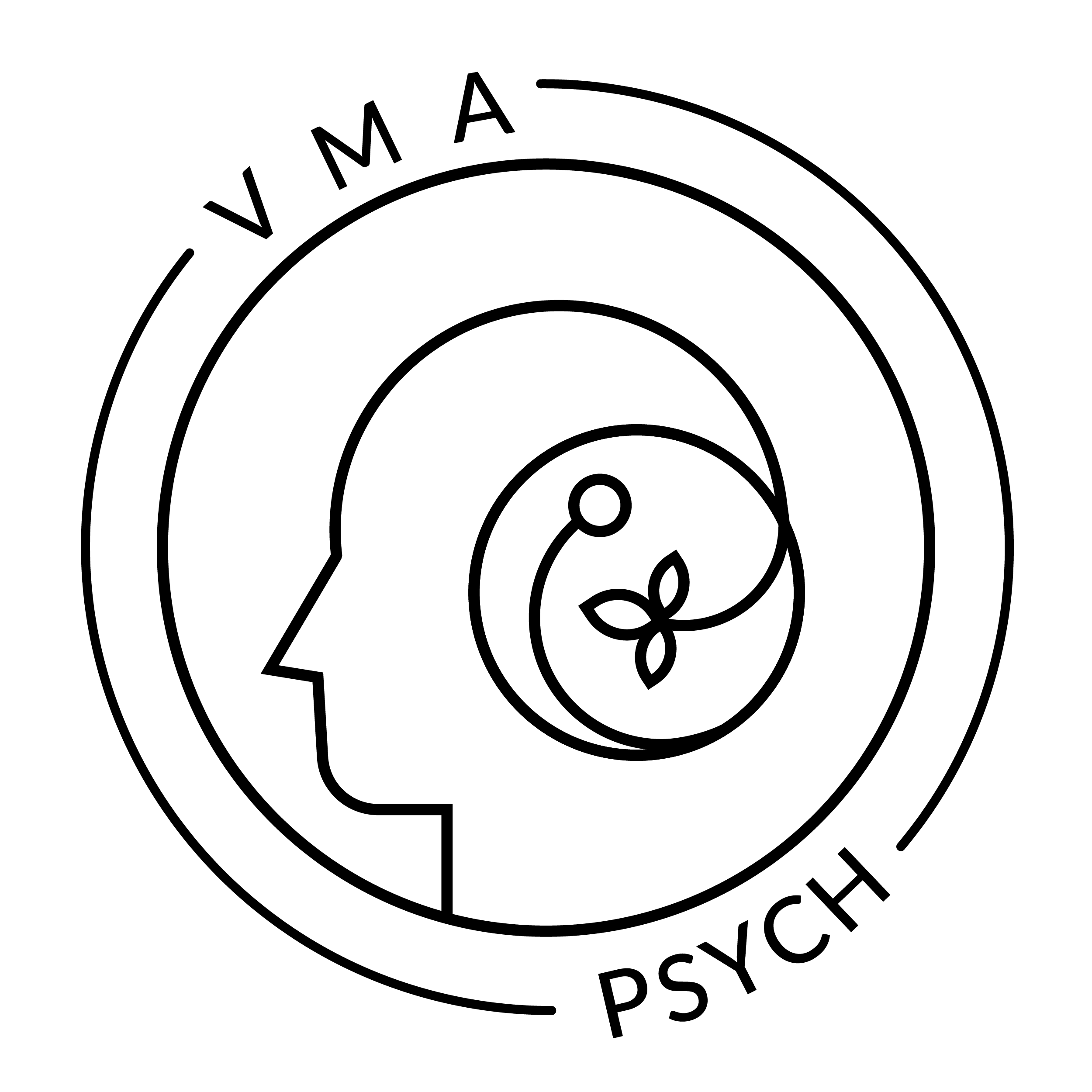Children can often feel stressed or overwhelmed, but art therapy offers a great way for them to express their feelings and boost creativity. Check out these 10 art therapy activities that are designed to help kids express and navigate their emotions in a safe, supportive environment while also developing their artistic skills.
What is Art Therapy?
Art therapy is a therapeutic practice that uses creative processes to help individuals express themselves and explore their emotions. It is especially effective for children, as it provides a non-verbal outlet for expressing complex feelings. Art therapy can enhance emotional well-being, reduce stress, and improve overall mental health by fostering creativity and self-expression.
The Neuroscience of Art Therapy
Right-brained activity connects the right brain to the left brain, helping children find the words to express their feelings.
Art Therapy and Trauma
The brain takes pictures during traumatic events that sometimes cause anxiety, flashbacks, and distress. These intrusive thoughts can sometimes get stuck in our minds on a loop. Doing art helps to move clients through their trauma and promotes healing is a safe and creative environment.
1. Draw Your Feelings

Children use various drawing materials like crayons, markers, and coloured pencils to depict their emotions through colours and shapes. This activity allows them to express feelings they may not have words for, using abstract or realistic representations to convey happiness, sadness, anger, or confusion. By translating emotions into visual art, kids can better understand and communicate their internal experiences, which can be particularly helpful for those who struggle with verbal expression.
2. Create a Collage

Kids gather and arrange materials such as magazines, fabric scraps, leaves, flowers, and more to create a collage that represents their interests or feelings. This tactile activity helps children explore their emotions and interests, enhancing their creativity and fine motor skills. The process of selecting and arranging different materials can be both relaxing and stimulating, providing a hands-on way for children to organize their thoughts and express themselves. This activity is suitable for children aged 6 and up.
3. Emotion Masks

Using paper plates, markers, yarn, and buttons, children create masks that represent different emotions like happiness, sadness, or anger. This activity helps them understand and express their feelings, and facilitates discussions about emotions and coping mechanisms. By embodying different emotions through masks, kids can externalize and explore their feelings in a safe and creative manner, making it easier to talk about and manage their emotions.
4. Painting to Music

Children listen to different types of music while painting, using colours and strokes to represent the emotions evoked by the music. Combining music and art, this activity helps kids connect with and express their emotions creatively. The rhythm and melody of the music can influence the flow of their artwork, allowing children to explore how different sounds affect their mood and artistic expression, fostering a deeper emotional connection and creative exploration.
5. Sand Tray Therapy

Kids create scenes in a tray filled with sand using small toys or natural items like shells and stones. This calming activity allows children to express and process their feelings in a non-verbal way, providing a soothing tactile experience. The tactile nature of sand and the freedom to create various scenarios can help children articulate complex emotions and experiences they might not yet have words for, offering a therapeutic and relaxing method of self-expression.
6. Story Stones

Children paint smooth stones with images like animals, people, and nature scenes, then use these stones to create and tell stories. This activity encourages imagination and emotional expression, enhancing their narrative skills. By crafting stories with the painted stones, children can project their own experiences and emotions onto the characters and scenarios they create, making it a powerful tool for emotional processing and creativity.
7. Sculpting Emotions

Using clay or playdough, kids shape representations of their feelings, making abstract shapes or figures that symbolize different emotions. The tactile experience of moulding clay can be soothing and helps children express their feelings physically. This activity provides a physical outlet for emotions, allowing children to manipulate and transform the material as they process their feelings, offering both a creative and therapeutic experience.
8. Mandala Colouring

Children colour mandala patterns using coloured pencils or markers, focusing on the repetitive, meditative patterns. This activity helps them relax and concentrate, providing a calming and therapeutic experience. The intricate designs and repetitive colouring process can induce a meditative state, helping children to focus their minds, reduce anxiety, and find inner peace. This activity is suitable for children aged 6 and up.
9. Nature Art

Kids use natural materials like leaves, flowers, sticks, and stones to create art, such as leaf rubbings or nature collages. Working with natural elements helps children connect with nature, express creativity, and provides a grounding, calming effect. This activity fosters an appreciation for the natural world while offering a sensory-rich experience that can be both invigorating and soothing, promoting overall well-being.
10. Journaling with Art

Combining writing and drawing in a journal, children explore their thoughts and feelings. This activity offers a safe space for self-expression, helping them process their emotions through both written and visual mediums. By documenting their experiences and emotions in a journal, kids can reflect on their personal growth and gain insight into their feelings, creating a valuable tool for emotional development and self-discovery. This activity is suitable for children aged 7 and up.
Art therapy offers a powerful way for kids to navigate their emotions and thrive through creative expression. For personalized support, contact VMA Psych. Our professional therapists are here to help your child flourish. Take care of the ones who can't do it themselves and reach out today!
Welcome to VMA Psych.
Your trusted provider of exceptional mental health services in the GTA & beyond. Learn More
With 40+ years as Toronto's leading psychologists, we guide individuals through life's complexities, offering specialized services for a brighter future.





















